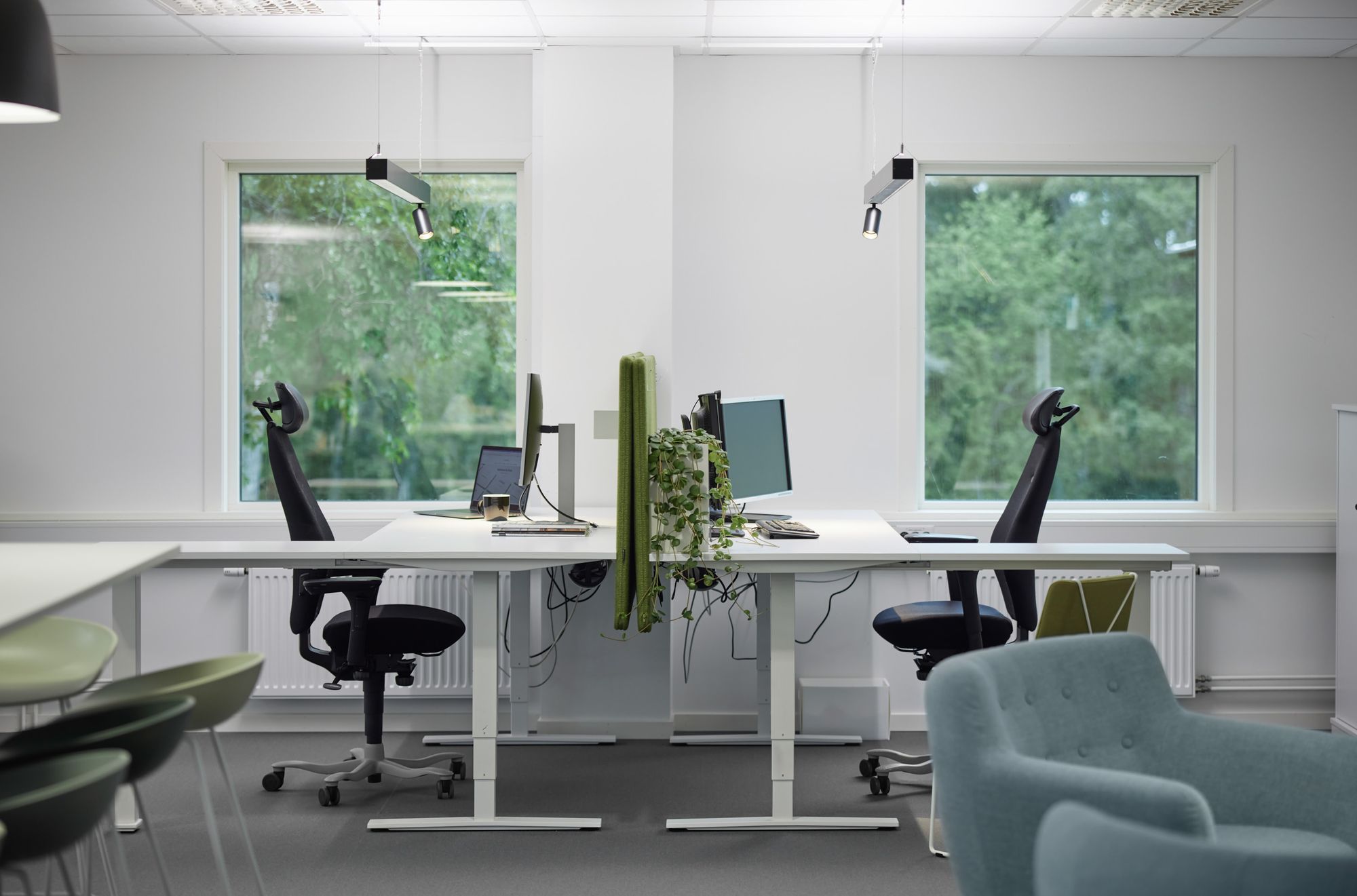Standard EN 12464-1 in brief
Since 2003, EU member countries have had a common standard for lighting planning of indoor workplaces. In the UK, these are summarised in the BS EN12464-1 published by the British Standard Institution. In January 2022, the new European version will come into force, the content of which we have summarised below.

The standard was previously comprised of lighting requirements for workspaces, computer displays and their immediate surrounding areas. Based on new knowledge about ambient lighting, requirements for lighting in ceilings and on walls, as well as for cylindrical lighting, were also added to the previous version. The big news is that requirements for "Room brightness" have now been introduced into the collection of tables and are more differentiated. They take better account of user needs and in several cases are elevated and better adapted in relation to the requirements of illuminance for individual tasks and types of premises. The minimum requirements apply under normal vision conditions, but a higher modified requirement is now also specified when other conditions exist.
Other recommendations and requirements can be set out in the collection of tables under "Remarks", for example, that lighting should be adjustable in classrooms, offices and auditoriums. At Fagerhult we feel that the levels in the standard are a step in the right direction. But if you want to get the full benefit of light's positive effects, you need more light than what the standard requires.
Lighting of workspaces
The collection of tables specifies requirements for illuminance for a variety of tasks in everything from offices, schools and healthcare facilities to industrial premises. The standard requires 500 lx illuminance for a normal office workplace.
Indirect lighting on ceilings (ambient lighting)
The standard specifies varying illuminances for each specific task and type of room, normally 30 lx–100 lx. To achieve the positive effects reported in Fagerhult’s studies, we advocate illuminance levels of approximately 300 lx for example in a normal office workplace or a classroom.
Vertical lighting on walls (ambient lighting)
For walls, the standard specifies varying illuminances for each specific task and type of room, normally 50 lx–150 lx. To achieve the positive effects reported in Fagerhult’s studies, we advocate illuminance levels of approximately 250– 300 lx for example in a normal office workplace or a classroom.
Cylindrical illuminance (in premises requiring good visual communication)
Cylindrical illuminance especially affects visual communication and the ability to interpret faces, events and objects. The standard normally specifies a cylindrical illuminance of between 50–150 lx depending on the type of task and premises.